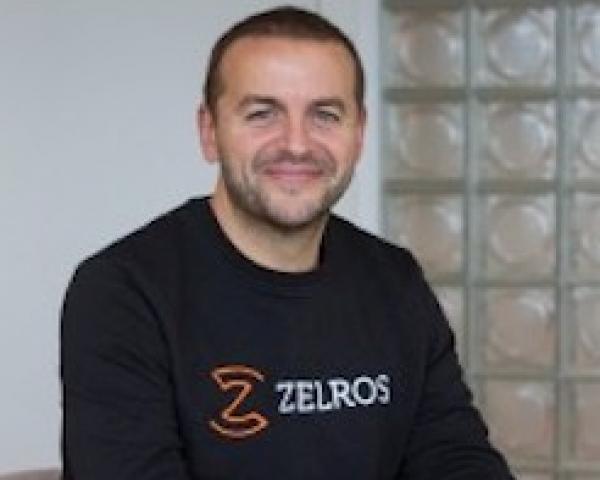In recent years, insurers have begun to adopt digital initiatives to improve the customer experience, use data and analytics in key processes, introduce digital products and services and reduce operating costs. Despite the advances in how insurance is offered to the public, many people still do not have insurance. Most uninsured are 19 to 34 years old; can artificial intelligence have an impact with them?
AI can detect those who do not have sufficient insurance protection. From there, companies can produce policy recommendations that can better fill gaps based on individual needs. Whether it be in the areas of health, auto or home -- the recommendations that are offered are adapted as the life situations of the policyholders change. In essence, the industry can use AI and machine learning to offer to anticipate the customer’s needs as they progress through life events and their risk category changes.
Another way AI can help is through hyper-personalizing messages to the client. The old line is that insurance isn't bought, it's sold. And carriers struggle to engage the younger generation with relevant messages. AI helps educate individuals about the risk they may face, with the context, messaging and approaches that are meaningful to them.
What contributes to individuals being uninsured?
Two of the biggest barriers to getting insurance, for the customer, are cost and accessibility, according to a study conducted by Oregon Health and Science University, Department of Family Medicine. This issue can be mitigated with AI technologies. Rather than wasting everyone's time by wading through insurance policies that are not relevant to a person, the insurer can immediately recommend a package that makes sense to their personal lifestyle and background. By making insurance more approachable for those in the 19-34 age range, insurance companies can begin to narrow the protection gap and keep their customers covered.
AI technology has already been available to help insurers better anticipate customers' changing needs, including major life events such as having a child, buying a home or achieving a milestone birthday. Over time, a person’s risk category changes just as their needs and priorities do, or the impact of weather patterns change, and they may not be aware of how their insurance policy needs to be updated. If they are uninsured, they may not know where to begin when it comes to choosing the right policy for themselves and their families. The insurance industry owes it to consumers to help them better understand insurance, their risk change, their coverage–it needs to be simpler.
With evolving technology, insurers are getting better at assessing real-time risk category changes. Because the AI teaches itself over time, it can study the needs of those from the uninsured population and target the types of policies they may need. This results in a more accurate representation of this population. There is also a significantly reduced need for human intervention.
See also: Life Insurance and Millennials
Updating policies once insured with AI
Previously, a person would have bought an insurance policy, then forgotten about it, only to later realize, when they need it, that their risk category changed years ago. Now, AI helps insurers assess risk changes for that individual, advise clients and prevent loss before it’s too late. This process allows the customer to be at ease, knowing that their policy will be subject to updates as needed.
AI optimization can also include circumstances such as natural disasters; unfortunately, too many are left realizing that they are no longer covered after a disaster has occurred, such as occurred following recent wildfires in the West.
Conclusion
If insurers are to reach the uninsured between ages 19 and 34, it is of utmost importance for insurance companies to make sure that their customers receive the services that they need, through an optimized process for connecting with each other.






